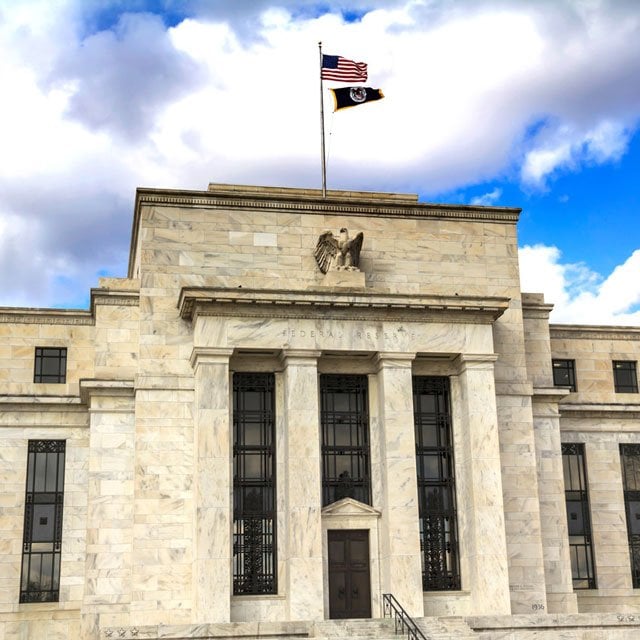Fed Holds Rates Steady, Signals First Cut Is Nearer

Federal Reserve officials held interest rates at the highest level in more than two decades but signaled they are moving closer to lowering borrowing costs amid easing inflation and a cooling labor market.
The Federal Open Market Committee voted unanimously to leave their benchmark federal funds rate in a range of 5.25% to 5.5%, a level they have maintained since last July.
Policymakers also made several adjustments to the language of a statement released after their two-day meeting in Washington. Notably, the committee shifted to saying it is “attentive to the risks to both sides of its dual mandate,” rather than prior wording focused just on inflation risks.
“In recent months, there has been some further progress toward the committee’s 2% inflation objective,” the committee said in a statement released Wednesday. “The committee judges that the risks to achieving its employment and inflation goals continue to move into better balance.”
Officials also tempered their assessment of the labor market, noting job gains had moderated and the unemployment rate has moved up, but is still low. They said inflation has eased over the past year but remains “somewhat elevated.”
Still, policymakers retained language that they didn’t expect it would be appropriate to lower borrowing costs until they had gained “greater confidence” that inflation is moving toward their target sustainably.
Two-year Treasury yields moved higher and S&P 500 index pared gains on the day while the dollar remained lower. A quarter-point reduction remains more than fully priced in for September.
The changes in the statement solidify a shift in tone among several policymakers, including Chair Jerome Powell, recognizing growing risks to the labor market.
They are also likely to reinforce expectations among economists and investors for a rate cut at the central bank’s Sept. 17-18 gathering. Powell will hold a press conference with reporters at 2:30 p.m. in Washington.
Balancing Risks
Officials have increasingly emphasized the U.S. central bank’s responsibility for fostering maximum employment, following over two years of an outsized focus on their other mandate, keeping prices stable. They now see the risks to achieving those two goals as being more balanced.




